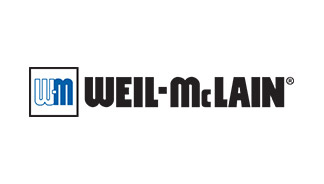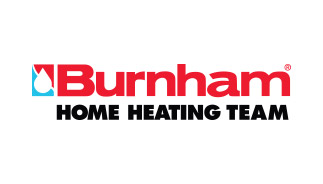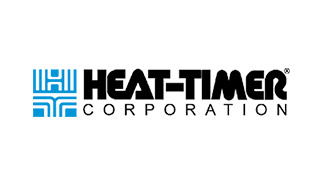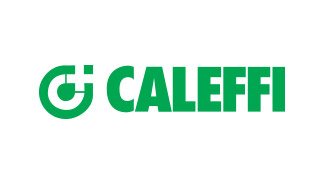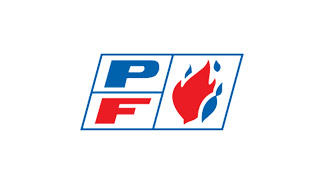Published on
March 18th, 2024What Size of Water Heater Do I Need for my Multifamily Building?
Landlords must ensure all tenants can access hot water 24 hours a day. In some older properties, especially those retrofitted into apartments or multi-family properties, the existing hot water system may not be adequate. To ensure continuity in the hot water supply, you, as the landlord or property owner, are responsible for upgrading the system. That can bring up questions like what size water heater do I need?
Determining the size of a water heater is no simple task; you must know the ins and outs of your building, tenant habits, and specifics about your existing water supply. Discover the factors that contribute to water heater selection and installation.
What Size Water Heater Do I Need? 6 Factors To Consider
1. Number of Units
The number of units in a building is the most significant factor to consider. Typically, the more units your property has, the more people it can house or accommodate. As the population in your building increases, so does hot water usage.
Besides the number of units, you also need to factor in the size of the units. Larger apartments usually have more fixtures and possibly multiple bathrooms. Also, depending on the property, the apartment or unit may have in-unit laundry. These extras can lead to increased hot water demands, which calls for a larger water heater or multiple water heaters.
2. Number of Bedrooms Per Unit
The number of bedrooms in a building is generally a better indicator of occupancy than the number of units alone. For example, a one-bedroom apartment typically has fewer residents than a two-bedroom apartment.
More people living in a unit equals more hot water usage. A one-bedroom unit typically can house two people comfortably. Each of those people needs to bathe and wash dishes and clothing. A two-bedroom unit doubles the possible occupancy and increases the hot water demands in the unit.
3. Fixture Flow Rates
Kitchen faucets, bathroom showerheads, and laundry room washers all have specified flow rates. The flow rate refers to the water volume a fixture delivers over a set period, usually expressed as gallons per minute.
Note the difference between water volume and pressure. Water pressure explains the force of the water coming out of a faucet. Water volume refers to the measurable amount of water coming out of the faucet.
Tankless water heaters use the same GPM metrics as fixtures, but tank heaters do not. Figuring out water heater size based on fixture flow rates is challenging because the number of fixtures the building has multiplied by the number of units and the possible simultaneous use of the fixtures is a complex equation. Calray Boiler can help you figure out what size water heater you need without giving you a migraine in the process.
4. Peak Demand
Peak demand refers to the highest usage periods. Rather than the daily usage average, these are the times of day when hot water demands surge. Your systems are most vulnerable to supply shortages during peak usage periods.
For hot water, peak demands usually occur in the mornings and evenings, typically corresponding with people getting ready for work or having dinner and getting ready for bed. Knowing specific peak times and the average uses for those times can help you select an appropriate-sized water heater.
Some property owners think it is best to overcompensate and buy a larger water heater than they need. While such a purchase will eliminate any worry over hot water shortages, it also means your property wastes energy and costs you money. You want to find the Goldilocks tank, the one that is not too big or too small but just right.
5. Incoming Water Temperature
When deciding what size water heater you need, focusing on water output or storage is easy. While output matters, you cannot overlook the importance of incoming water temperatures, especially in NYC, with its cold winters.
A water heater has to raise the temperature of incoming water to a desirable temperature, usually around 120°F. The difference between the incoming temperature and the desired temperature determines how hard your water heater must work.
Regarding incoming water temperature and tank size, there are advantages and disadvantages to purchasing a larger or smaller tank. Calray Boilers can help you weigh the pros and cons to find the perfect solution for your property.
6. Water Heater Type
What size water heater you need also depends on the type of water heater you purchase. A storage tank water heater is usually the largest option. The system holds a reserve of water that is preheated so it is ready for demand. These units typically specify a first-hour rate, indicating how many gallons of hot water it can deliver in the first hour of operation.
Heat pump water heaters are the next largest, usually in vertical height. Instead of generating heat directly, these units use electricity to move heat from one location to another, usually drawing heat from the ambient air.
The most compact system is a tankless water heater. The systems are small because they don’t have storage tanks; instead, they heat water on demand as it flows through the unit. These units use the GPM measurement just like faucets and showerheads. Still, choosing the right tankless unit can be challenging.
What Size Water Heater Do I Need? Calray Boilers Has the Answer
Call for an Assessment
Selecting the right size water heater for your building is not a straightforward choice. You must consider many factors, including how many people will need hot water at any given time.
Calray Boilers can help you determine what size water heater your property needs. All you have to do is call us at 212-722-5506 and schedule an assessment. Our team will visit your property to inspect the existing system and determine its efficiency. Before we leave, you will have an estimate for a new efficient water heater and its installation.
